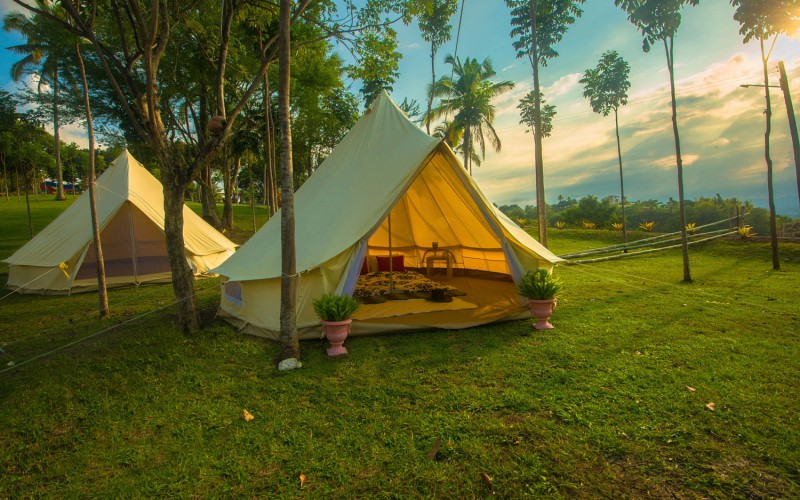Wing to flanker
Question
Hey, well I'm around 5"10, and around 63 KG. I have a fast sprint, a good side step and have a good knowledge of the wing. Recently my coach put me into flanker for one game, and I found that I really enjoyed it. I'm thinking of taking the time to learn more about flanker and start playing it more. Is winger to flanker an unusual switch? And do you think I should stay with wing or spend more time practising flanker?
Cheers
Answer
Hi Luke,
It is not an unusual switch depending on your age. if you are under 19 most players move around a little before settling on a final number. You must show some promise because these day everyone wants to play flanker so to approach you to put you in that position is something to note.
I just answered a flanker question about two questions prior which will have some good points for you. Regarding flanker. To start keep it simple and support the ball carrier and the backs and on defense harass the opposition half back and 1st 5 as much as you can.
Get with your coach to have him describe his personal idea of your duties on the field (note the down to help you visualize before a game) You may want to mix your training to start so you are still in the mix with the backs but learning the flanker position. Ask the coach earlier in the week if he intends to play you at flanker the next Saturday.
The following answer is actually from an old All Experts expert but seems to be the text book definition of a flanker which in itself is useful:
Major requirements for a flanker:
-Ability to win the ball at breakdowns
-Ability to tackle well and be destructive to opposition play
-Possess the ball skills and mobility
-Ability to support backs and initiate or continue attack
-Possess an extremely high work rate during a game (Fitness is paramount!)
-Ability to communicate with No. 8, Scrumhalf, and Fly half is essential
The flanker is generally the most mobile and aggressive player on the team with a goal of creating conditions to initiate second phase rugby. Additionally, he must have above average ball skills (Hand and Foot), mobility, and ability to anticipate good angles of run (to get where the opponent should be going). This requires him to be able to read the game.
Essential skills:
Contact:
-To scrummage effectively, safely and consistently
-To provide stability from the side of the scrum
-To provide maximum protection to the scrumhalf
-To support in the line-out
-To legally prevent opposition from breaking through the line-out
-To tackle from close and open field positions. Flankers are known for making make those cool open field tackles.
-To maul and ruck-low body position for driving forward. Many teams use the pod formation off the rucks and mauls to punch the ball forward. Often it is the flanker that establishes the initial breakdown and prepares the second pod.
-Continuous commitments to secure balls and maintain possession.
-To provide the initial contact from set play in the defense. Nothing is so frightening to a fly half than a flanker bearing down on him the same time the ball is coming to him.
Running:
-To run with determination and speed
-To understand lines of movement and angles of pursuit
-To run to support the man with the ball. If all the forwards, it is usually the flanker that provides the initial support in both the offense and defense.
-Ability to cope with continued physical contact and strenuous effort with short bursts of speed (ability to accelerate) and sustained play
Handling:
-To control ball, and when required, release it properly at back of scrum
-To catch and deflect a ball at the back of line-outs, or provide support to a jumper
-To pass the ball at varying lengths and speeds
-To give and take a short lifted pass
-To manipulate play by ripping and rolling from a maul
-To deal with a ball on the deck and pick it up quickly at speed
Position: There are specialist requirements for blind side and open side breakaway play. Like the props, each has a specialist role to play in attack and defense.
The Open Flanker tends to be quicker, more agile, able to go to ground (controlled falling to the ground to set up a clean ruck) easier, and occupies the back of the line-out and open side of scrums that determine his angles of run in set play.
The Blind side Flanker tends to be bigger, possesses greater strength, and occupies the blind side of scrums and the fifth position in the lineout with a greater contribution to the physical integrity of the set pieces. His contribution to the physical integrity of the set is also different.
NOTES:
-Work rate and physical intensity will be high. The flanker is expected to be everywhere on the pitch supporting his own ball and being disruptive to the opposition抯 play.
-Primary tasks are to ensure that the ball is won and /or possession is maintained at the breakdown, to support play, and to nullify the opposition抯 attacking moves,
-Tend towards disruptive activity by maintaining constant pressure on the opposition, especially at the scrumhalf to flyhalf interchange.
-It is crucial to maintain correct angles of pursuit and positioning on the field in attack and defense.
-Flankers engage in a great deal physically demanding contact requiring well-developed strength in the arms, shoulders and thighs, and speed and endurance for both interval and repetition running.
-All around athletic ability, fitness, and durability is vital-you should be able to run like a back as well as play effectively in set forward play.
rugby hooker
Winger?!?


